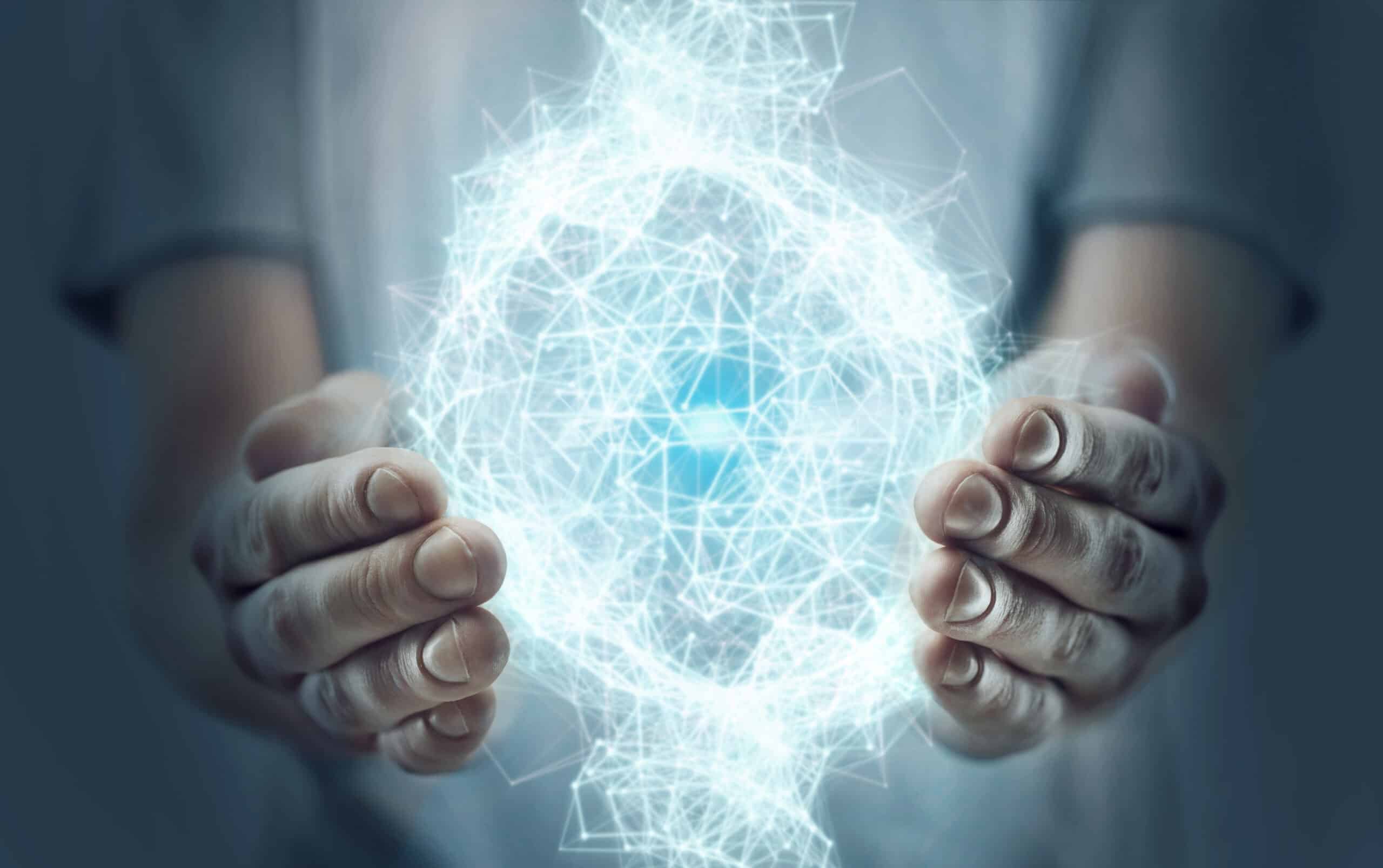Brain-computer interfaces have been getting more use among people with high spinal cord injuries for communication, mobility, and daily activities via interfaces which use electrical activity in the brain to control an object. Detection of electrical activity occurs in one or more points of skull surface using noninvasive electroencephalographic electrodes which are fed through a computer program, which over time will improve its responsiveness and accuracy through learning.
Increasing decoding performance by identifying pattern recognition algorithms has been the main focus of researchers, allowing for machine learning algorithms to become faster and more powerful. Hypothesis was made that performance could be improved when the machine and the operator engaged in mutual learning during tasks.
A pair of tetraplegic adult men were enlisted for BCI system training designed to detect multiple brain wave patterns to test the hypothesis. Over several months the men culminated in international Cybathlon competition competing against other teams via controlling an on-screen avatar in a multipart race requiring command of jumping, spinning, walking, and sliding movements without stumbling. The best three times in the competition were marked by the pair, with one of them winning the gold record and the other the tournament record.
During training electroencephalography recordings indicate adaption of brain wave patterns related to imagined movements to control the avatar called sensorimotor rhythms which became stronger over time, which is indication that the subjects were learning how to better control the BCI during training. Even the slightest and simplest BCIs a certain degree of learning takes place, researchers believe that they optimized chances of human learning by infrequent computer recalibrations, leaving more time for humans to learn how to control sensorimotor rhythms better to evoke desired avatar movements.
Comprehensive mutual learning could promote acquisition of brain-computer skills, contrary to the trend of focusing on machine learning aspects of BCI training.




